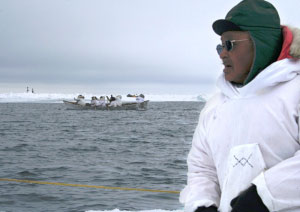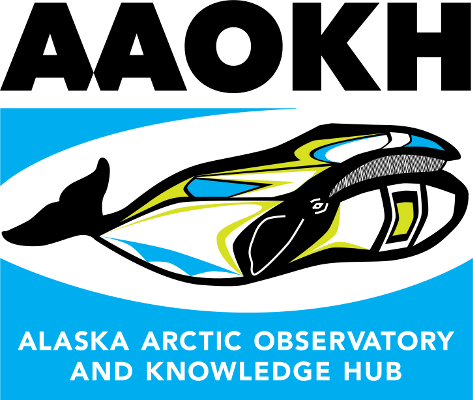
Photo by Shari Fox
Research Methods
Yupik and Inupiat hunters and sea ice experts, identified as such by their respective communities, keep daily or near daily notes on local weather and ice conditions as relevant for their activities on landfast ice or among drifting ice. The observers are asked to note a few key weather variables, such as temperature, wind speed and direction, and general ice conditions, particularly with regards to the timing of key events in the annual ice cycle, such as the appearance of the first slush or drifting ice, when the ice becomes safe for travel, timing of ice break-up, etc. Beyond these requests, they are encouraged to report any local details they deem important or interesting having to do with the ice environment, subsistence activities and wildlife seen, sea ice travel, and community events. They are encouraged to use terms in their indigenous languages, specific local place names, forecasting indicators, reference to their personal experience and memories of other community members whenever relevant.
Written observations are sent by mail, email and sometimes via phone conversation to our working group at the University of Alaska Fairbanks where the hard copies are archived and the observation records are entered into the Local Observations online database. Photos taken with a GPS-enabled camera or smart phone are emailed or downloaded directly from the observer's camera to preserve geotagging information for preservation in the online database.



